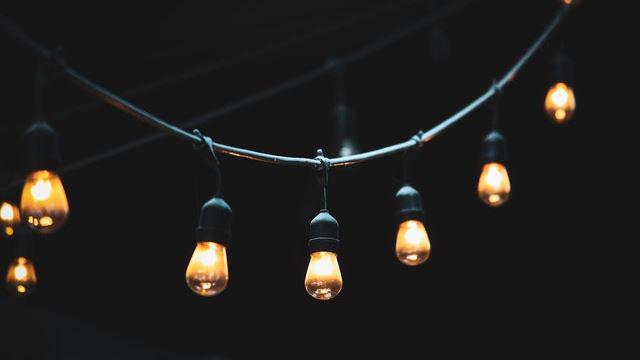The kilowatt is a unit of measure for energy. In other words, it is by definition the amount of energy absorbed in the unit of time.
A kW, which is 1,000 Watts, identifies the unit of electricity and is the amount of energy (Joule) over time (seconds). With regard to the supply of electricity, the kW expresses the committed and available power of the electricity meter. When requesting the activation of an electricity contract, you can choose between different power consumption brackets:
1.5 kW small dwellings (a cottage, for example);
3 kW 3-4 person home with standard appliances;
4.5 kW presence of multiple air conditioners or water heater;
6 kW for electric appliances like a stove, dryer or heat pump;
10 kW in rare cases for particularly powerful electrical equipment.
In short, the choice of power depends on which and how many household appliances are present in the home and on how they are used.
If each home needs an average of 3kW, imagine the amount of power needed to keep the entire national system going. The maximum absorption in Italy is around 45 GW or 45,000,000 kW. All this power travels through Terna's high voltage lines and electrical substations before being distributed to each individual home. There are also other transportation systems that the operator of the electricity transmission grid is building to interconnect islands and other countries: the HVDC systems. These systems are able to transport a grand amount of 600 MW in a cable that is only 15 centimetres in diameter! A traditional 380 kV Terna overhead line carries an average of 600 MW: the amount needed to power ... about 200,000 homes.
